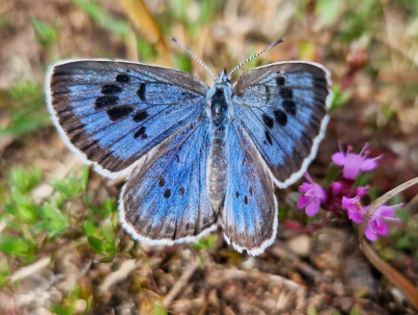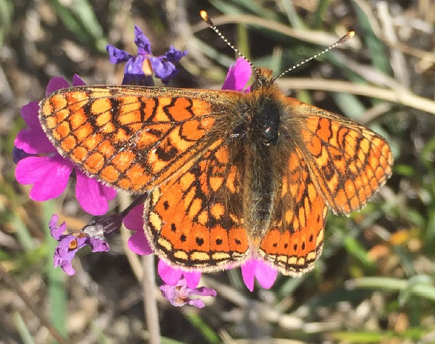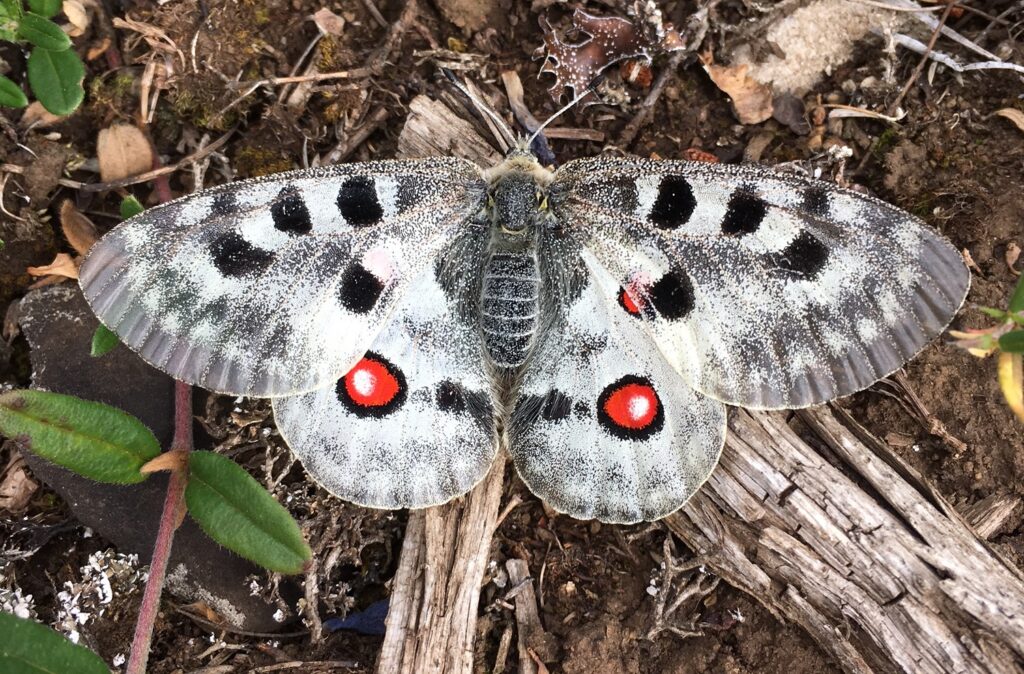Background
Aim
Butterflies are decreasing in Europe due to changes in land use, such as intensified agriculture and afforestation. While afforestation can be prevented through grazing, this can also lead to a reduction of larval host plants and nectar resources. In order to preserve the natural habitat of butterflies, a good understanding of the relationship between their behaviours and habitat quality is important. Whether it is the flight patterns in relation to different habitat types, oviposition in females, or simply the orientation patterns of larvae in their immediate surroundings, butterfly behaviour can reveal a lot about the quality of a specific habitat patch and which habitat factors are important for their conservation.
In this project, I studied three species of butterflies: the Apollo (Parnassius apollo), the Large Blue (Phengaris arion), and the Marsh Fritillary (Euphydryas aurinia), all of which are currently red-listed in Europe.
The aim of this project was to gain a better understanding of the relationship between butterfly behaviour and habitat quality, by assessing which environmental factors have significant effects on different behaviours. More specifically, I studied:
- The oviposition preferences of adult Apollo and Large Blue
- The orientation patterns of Apollo larvae in relation to host plants (olfactory test) and their habitat preferences in relation to sunlight and shade
- The flight patterns of the Marsh Fritillary in relation to edges between different habitat management types, as well as their habitat preferences based on how often certain spots were visited
The data from these experiments could prove to be useful in conservation management in order to preserve high-quality habitat for each of the three study species and thus prevent their extinction.


